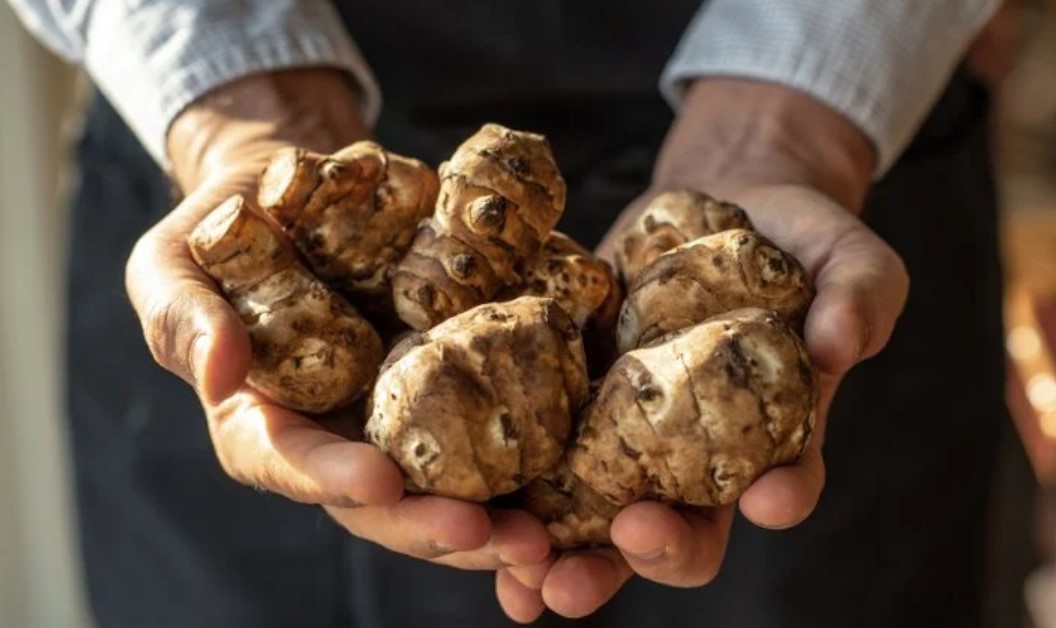In itself, the preparation of the miracle tuber Jerusalem artichoke is not difficult. However, there are a few things you should keep in mind when peeling and cooking.
Jerusalem Artichoke: Good for digestion and a slim figure

Jerusalem Artichoke is a perennial sunflower with bright yellow flowers. Like the tomato or the potato, the tuber was brought to Europe by French emigrants from North America in the 17th century. Visually, it resembles ginger, but tastes more like parsnip, but with a nuttier taste.
The tuber can be processed in many ways, for example to:
soups
puree
Casserole
potato pancakes
and even raw in a salad.
In addition to its excellent taste, Jerusalem artichoke has other positive properties. The tuber has 30 kilocalories per 100 grams and is high in fiber, which is important for good digestion. This includes, for example, the water-soluble dietary fiber inulin. This makes them particularly interesting for diabetics, as their consumption does not affect the blood sugar level, but has a positive effect on the intestinal flora. It is also rich in potassium and iron.
You have to pay attention to this when cooking and peeling
First, use a good vegetable brush to thoroughly scrub and clean the mostly earthy tubers in cold water.
Remove dark spots with a knife.
You don’t need to peel it as the skin is very thin and can be eaten. If it still bothers you, you can peel Jerusalem artichoke thinly with a paring knife. This is particularly recommended for larger tubers. Alternatively, you can peel the peel after cooking. That’s a little easier.
The Jerusalem artichoke is now ready for further processing: In contrast to potatoes, you can also eat it raw, for example in a salad or on a raw vegetable platter. If you want to prepare the tuber as a Jerusalem artichoke soup, casserole or puree, you should cook it for 15 to 30 minutes.
Undesirable side effects of Jerusalem artichoke

In addition to its many positive properties, Jerusalem artichoke unfortunately also has a few unpleasant side effects. Consuming them can cause severe gas and even diarrhea if you overeat. This is due to the large amount of roughage, which the intestinal flora often has to get used to digesting. It’s best to approach it slowly and start with very small portions. This gives the intestine time to adjust to the new food.
